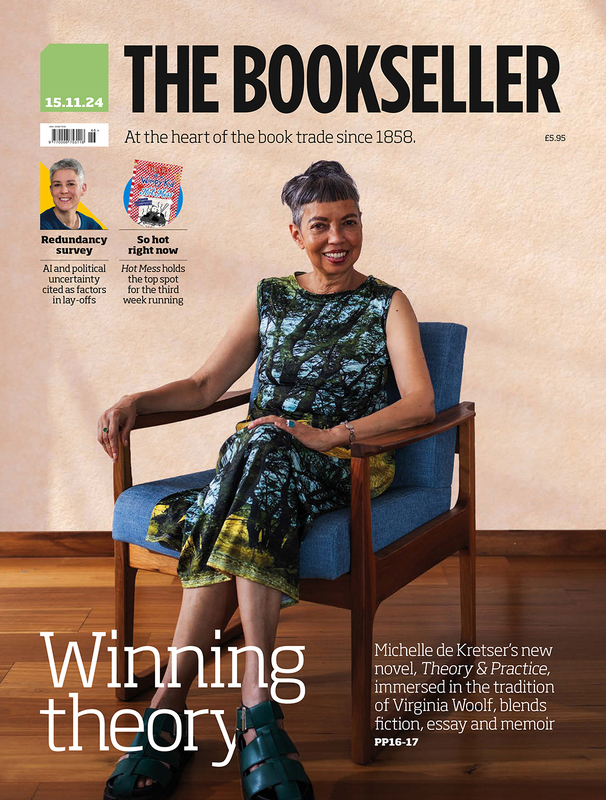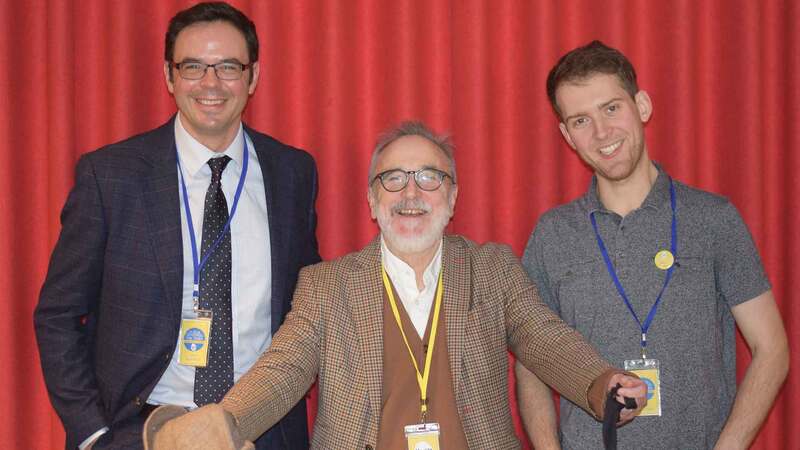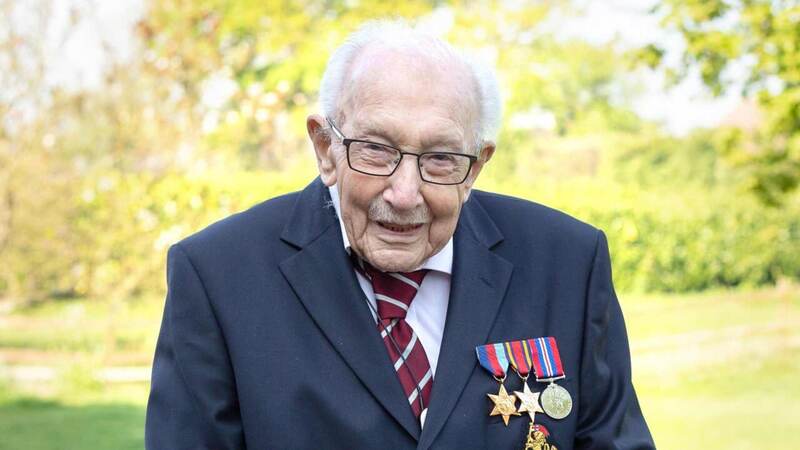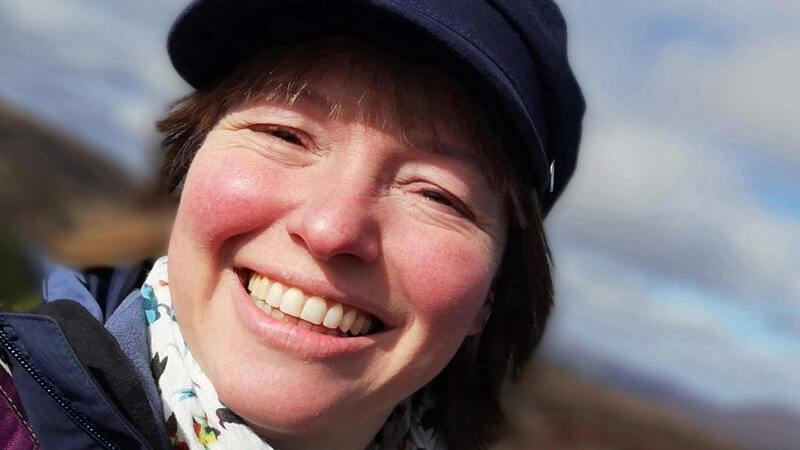You are viewing your 1 free article this month. Login to read more articles.
Shirley Hughes highlights power of illustration
Shirley Hughes started working in illustration in the 1950s, a time during which she could cut her teeth on a wide range of magazines, adult stories and classic and adventure books--all of which were, in those days, illustrated. Since then, television has taken over as the main channel for visual communication, and the value of illustration has, she feels, become increasingly overlooked.
In Ella's Big Chance: a Fairy Tale Retold (Bodley Head), the title that won this year's Kate Greenaway Medal, Hughes hopes she can re-define the way that illustration is used and remind readers--and publishers--of just how powerful the tool of illustration can be for older readers as well as young children.
"The first books that drew me into reading were titles such as Just William, which were full of black and white illustrations. In those days, many fantasy books and historical books, as well as gift books, were illustrated, and we were brought up with illustrators like Rackham and Dulac. I loved them and thought they were all terribly glamorous. It was only when I got towards the end of illustrating and designing Ella that I realised how long the memory of all those classics were in me."
Ella's Big Chance is a retelling of the Cinderella story, set in the 1920s. Like Hughes' earlier title, The Lion and the Unicorn, it has a highly illustrated format with large colour images, supported by text in separate side panels with black and white drawings that contribute to the overall story.
"With Ella, the children can really inhabit the book, go into the scenes and feel they are in them. They give so much to a book at this age, they are very visual and really enjoy exploring the meaning behind the pictures--which are quite often not what is written in the text," Hughes says.
Children, she argues, need pictures on the pages, especially as their confidence as readers grows. "They are the link between having a picture book and having their own pictures in their heads, which are the best pictures you can have. What I hope these books will do is lead young readers on to explore fiction, poetry, other kinds of writing--it's a bridge for them."
Hughes is delighted that Ella has been recognised for its innovation with the Greenaway Medal, the second she has been awarded. "The most thrilling thing is that I have experimented a lot and that I continue to experiment. It took me a long time to get to the point where I felt confident enough to innovate, and I'm just so pleased it's been noticed."









